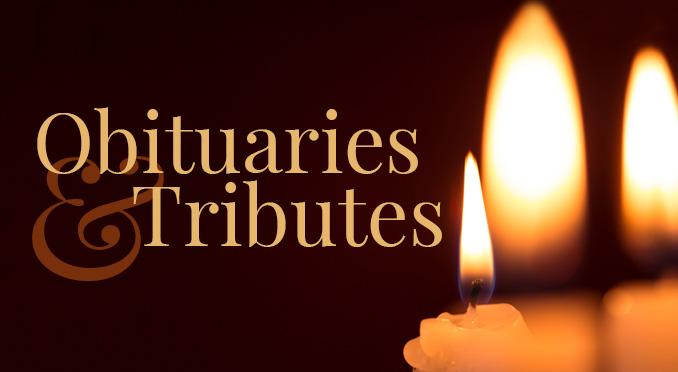Burial Services
Traditionally, a burial service involves a visitation, followed by a funeral service in a church, or other place of choice. The casket is typically present at both these events, and it is your decision on whether to have the casket open or not. You have the option of having the remains interred (earth burial), or it may be entombed in a crypt inside a mausoleum (above ground burial). Family or religious traditions are often a factor for choosing burial. Decisions need to be made on whether the body needs to be embalmed, what kind of casket to use, what cemetery to use and what to put on the monument.
Cemetery Types
Monumental cemetery: A monumental cemetery is the traditional style of cemetery where headstones or other monuments made of marble or granite rise vertically above the ground. There are countless different types of designs for headstones, ranging from very simple to large and complex.
Lawn cemetery: A lawn cemetery is where each grave is marked with a small commemorative plaque that is placed horizontally at the head of the grave at ground-level. Families can still be involved in the design and the information contained on the plaque, however in most cases the plaques are a standard design.
Mausoleum: A mausoleum is an external free-standing building constructed as a monument enclosing the interment space or burial chamber of a deceased person or people. A mausoleum may be considered a type of tomb or the tomb may be considered to be within the mausoleum.
Columbarium: Columbarium walls are generally reserved for cremated remains. While cremated remains can be kept at home by families, a columbarium provides friends and family a place to come to mourn and visit.
Burial FAQ
What is opening and closing and why is it so expensive?
Opening and closing fees can include up to and beyond 50 separate services provided by the cemetery. Typically, the opening and closing fee include administration and permanent record keeping (determining ownership, obtaining permission and the completion of other documentation which may be required, entering the interment particulars in the interment register, maintaining all legal files); opening and closing the grave (locating the grave and laying out the boundaries, excavating and filling the interment space); installation and removal of the lowering device; placement and removal of artificial grass dressing and coco-matting at the grave site, leveling, tamping, re-grading and sodding the grave site and leveling and re-sodding the grave if the earth settles.
Can we dig our own grave to avoid the charge for opening and closing?
The actual opening and closing of the grave is just one component of the opening and closing fee. Due to safety issues which arise around the use of machinery on cemetery property and the protection of other gravesites, the actual opening and closing of the grave is conducted by cemetery grounds personnel only.
Why is having a place to visit so important?
To remember and to be remembered are natural human needs. A permanent memorial in a cemetery provides a focal point for remembrance and memorializing the deceased. Throughout human history, memorialization of the dead has been a key component of almost every culture. Psychologists say that remembrance practices, from the funeral or memorial service to permanent memorialization, serve an important emotional function for survivors by helping them bring closure and allowing the healing process to begin. Providing a permanent resting place for the deceased is a dignified treatment for a loved one’s mortal remains, which fulfills the natural human desire for memorialization.
What happens when a cemetery runs out of land?
When a cemetery runs out of land, it will continue to operate and serve the community.
In a hundred years will this cemetery still be there?
We think of cemetery lands as being in perpetuity. There are cemeteries throughout the world that have been in existence for hundreds of years.
Does a body have to be embalmed before it is buried?Embalming is a choice which depends on factors like if there is to be an open casket viewing of the body or if there is to be an extended time between death and internment. Public health laws may require embalming if the body is going to be transported by air or rail.
These are the outside containers into which the casket is placed. Burial vaults are designed to protect the casket and keeps the grave surface from sinking in. Burial vaults and the vault liners are made of a variety or combination of materials including concrete, stainless steel, copper, bronze, plastic or fiberglass.
Must I purchase a burial vault?
Each cemetery has their own by-law requirements. Most large, active cemeteries have regulations that require the use of a burial vault for maintenance and safety purposes. A burial vault will satisfy these requirements. Some smaller rural or churchyard cemeteries do not require use of a container to surround the casket in the grave.
There are alternatives to burial. See Cremation Services



